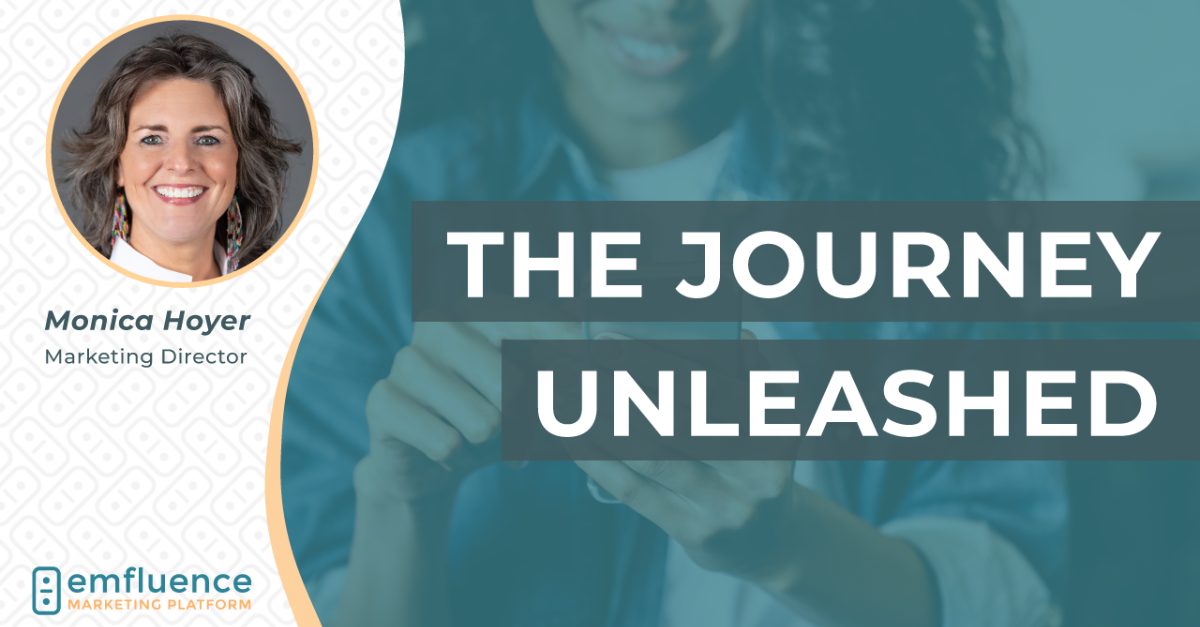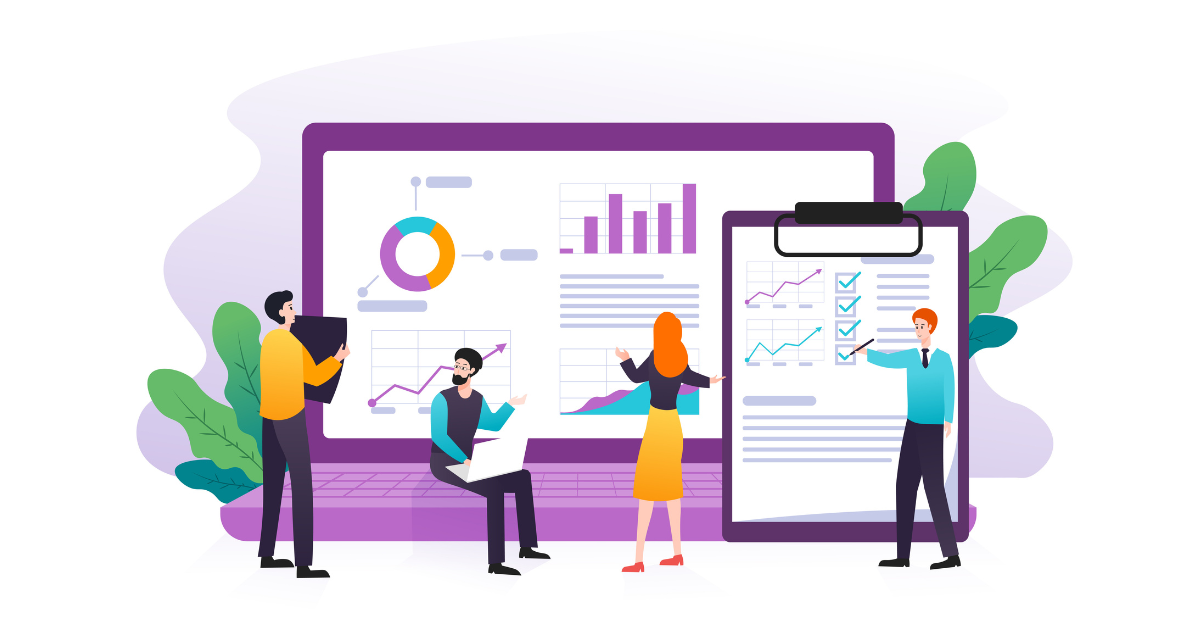Privacy isn’t a roadblock for marketers—it’s a turning point.
At emfluence, we see this moment not as a loss, but as a reset. First-party data, the information your customers willingly share with you is a bedrock for targeted and precision focused marketing strategies. The companies that build their plans to evolve around it will lead the next era of personalization, trust, and ROI.
As third-party cookies evolve and new data regulations emerge, brands that rely on rented data are losing clarity about their audiences. According to Gartner’s CMO Spend and Strategy Survey 2025, more than 60% of marketing leaders expect data deprecation to have a “major” impact on performance measurement within the next 18 months.
Why First-Party Data Matters Now
First-party data is any data collected directly from your audience—website behavior, form fills, purchase history, email engagement, and CRM insights. It’s accurate, permission-based, and compliant by design.
Unlike third-party data, which depends on external tracking and aggregators, first-party data belongs entirely to your organization. That ownership translates to control: control of how data is collected, stored, activated, and used to improve experiences.
The Interactive Advertising Bureau’s State of Data 2024 report found that marketers using structured first-party data see up to 2.5x higher engagement rates and 20% lower acquisition costs than those relying on third-party sources.
At its core, first-party data turns marketing from “targeting” into “relationship building”—a shift that aligns perfectly with emfluence’s one-to-one philosophy.
The 2026 Marketing Landscape—and Why Privacy Will Define It
By mid-2026, Google Chrome will complete its phase-out of third-party cookies, a process already underway through its Privacy Sandbox initiative (Google, 2025). Apple and Mozilla have made similar changes, tightening the gap around passive tracking.
Meanwhile, consumers are becoming more privacy-aware. McKinsey’s Digital Trust Report 2025 found that 71% of consumers are more likely to buy from brands that are transparent about how their data is used.
This means that marketers who embrace transparency early—building opt-in value exchanges and clean consent flows—aren’t just compliant; they’re competitive.
At emfluence, we support privacy-as-a-strategy: designing marketing systems that respect data and reward trust.
How to Build Your First-Party Data Strategy
1. Audit What You Already Have
Start with a complete inventory of your data sources. Look across CRM, marketing automation, eCommerce, and analytics systems. Identify what’s clean, what’s outdated, and where duplication or fragmentation exists.
2. Clean up your Lists
The gold can be found in the lists you already have and knowing what to do with them. A list cleanse is best practice to ensure that older lists or lists of unknown origin get reviewed and appended. This process can help you better understand your data and how many real contacts you are working with. This may also be the perfect time to run a re-engagement campaign to any lists that haven’t heard from you in a while.
3. Connect and Enrich Your Data
The magic of first-party data lies in integration. By connecting CRM records with behavioral data from your automation platform, you can map the customer journey from awareness to advocacy.
4. Design for Consent and Transparency
Privacy regulations are evolving. Build clear, user-friendly consent options and preference centers. Transparency builds trust, and trust fuels engagement.
5. Activate With Purpose
First-party data should inform real personalization: better segmentation, smarter automations, and meaningful connection. Use your data to improve customer experience and add value.
5 Steps to Get Started Before 2026 (Checklist)
- Map all current data sources. Include CRM, web analytics, email, and loyalty data.
- Identify compliance risks and data gaps. Check permissions and storage practices.
- Integrate your systems. Connect marketing automation, CRM, and analytics dashboards.
- Develop a clear consent policy. Make privacy a visible part of your brand.
Measure what matters. Track engagement, repeat purchases, and lifetime value—not just clicks.
How emfluence Helps Clients Prepare
emfluence partners with brands to bridge strategy and execution. From marketing automation and CRM consulting to analytics dashboards and data-driven initiatives, we help marketing teams turn privacy readiness into revenue readiness.
Our clients see the difference: cleaner data, stronger engagement, and measurable growth.
Ready to get started?
Join our Beer & Learn: First-Party Data 101 on November 11, where Erik will share practical frameworks for building a first-party data foundation.
Conclusion
The shift to first-party data isn’t the end of marketing performance—it’s the evolution of marketing trust.
In a landscape defined by consent and transparency, your data isn’t just a resource; it’s a relationship. The earlier you begin, the further ahead you’ll be.



